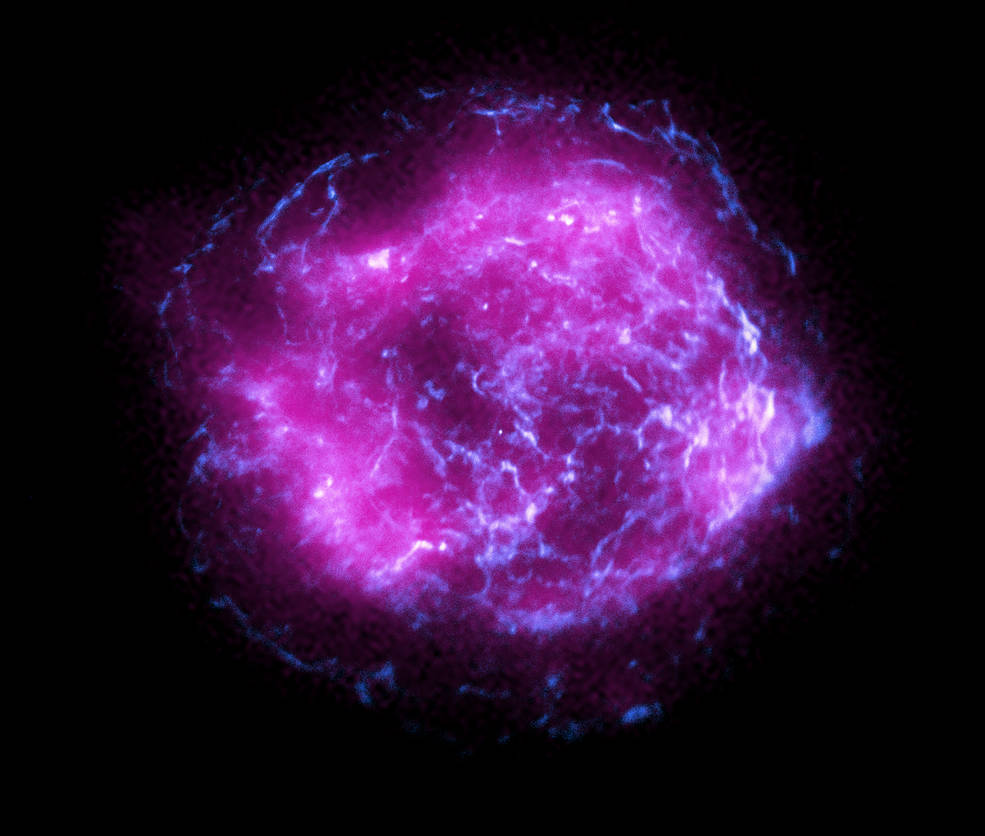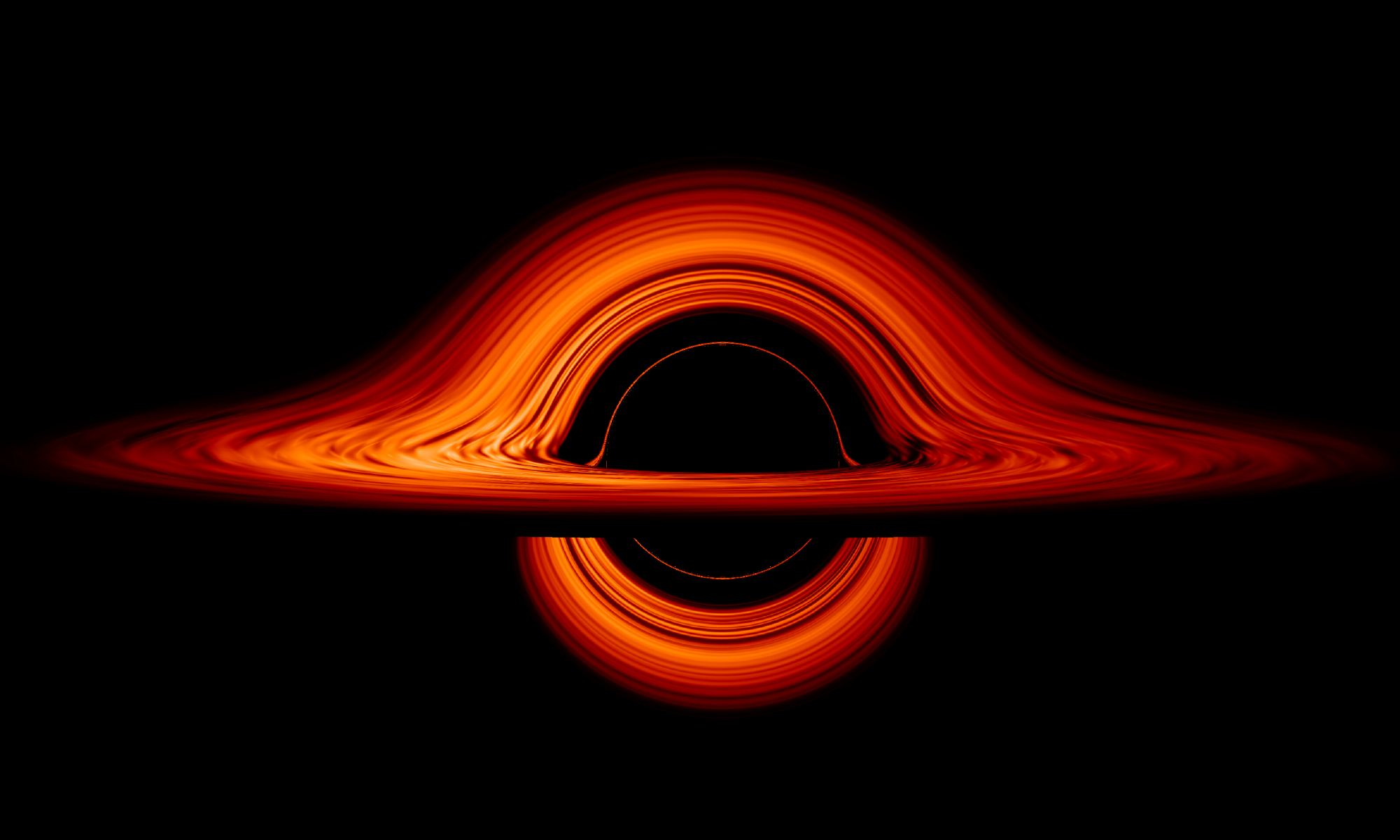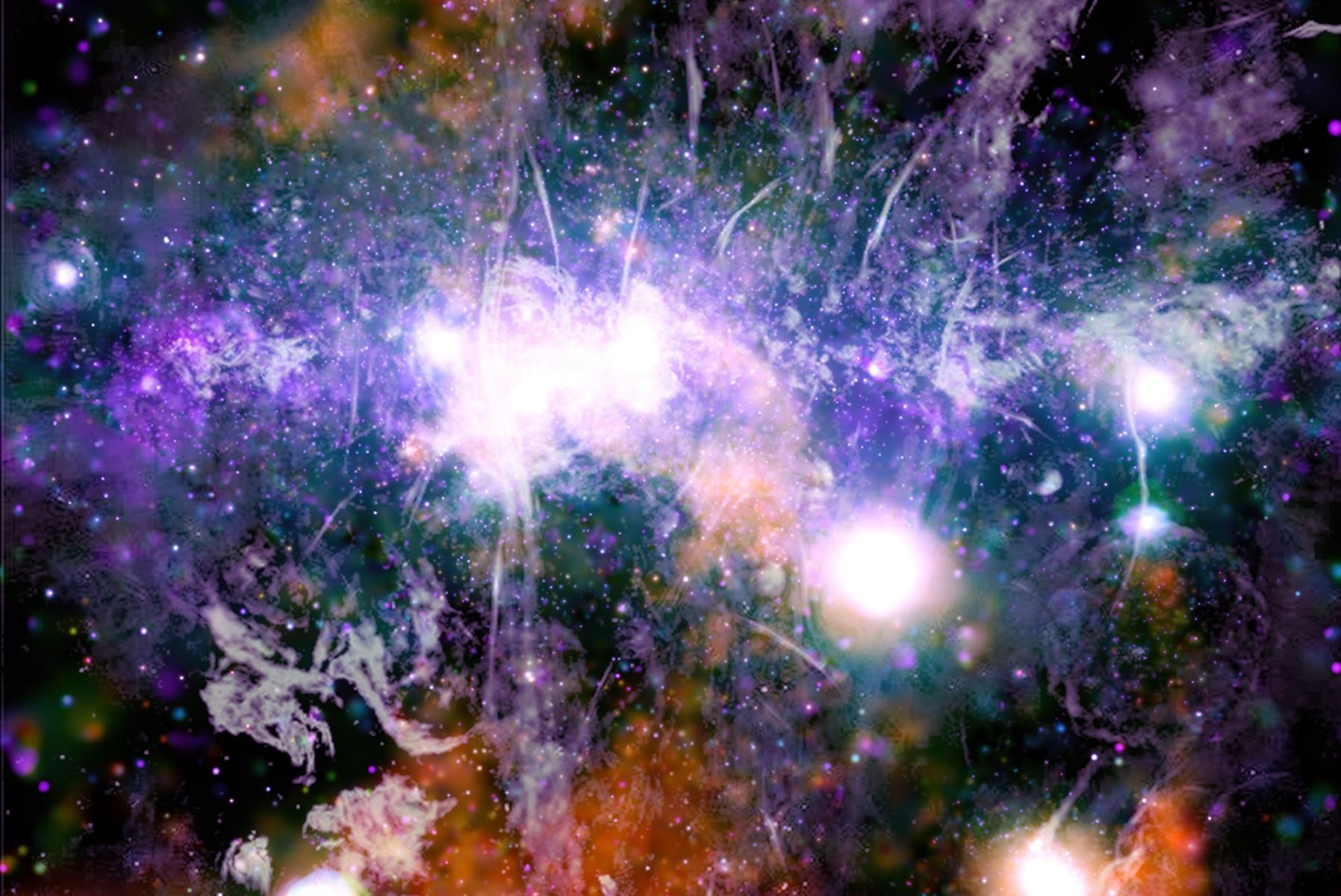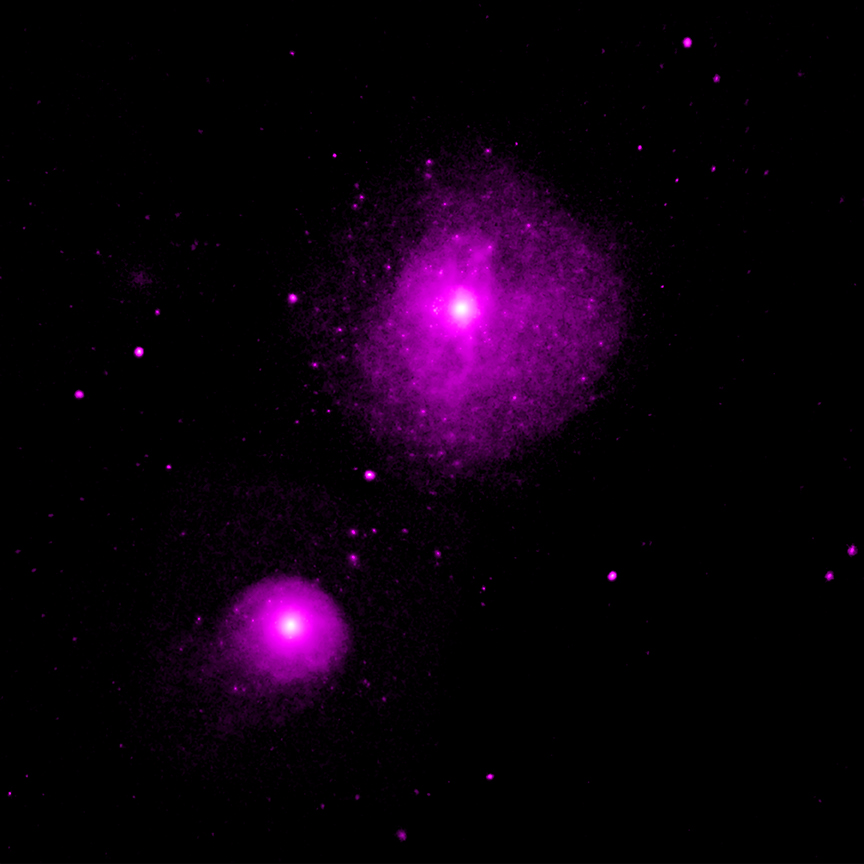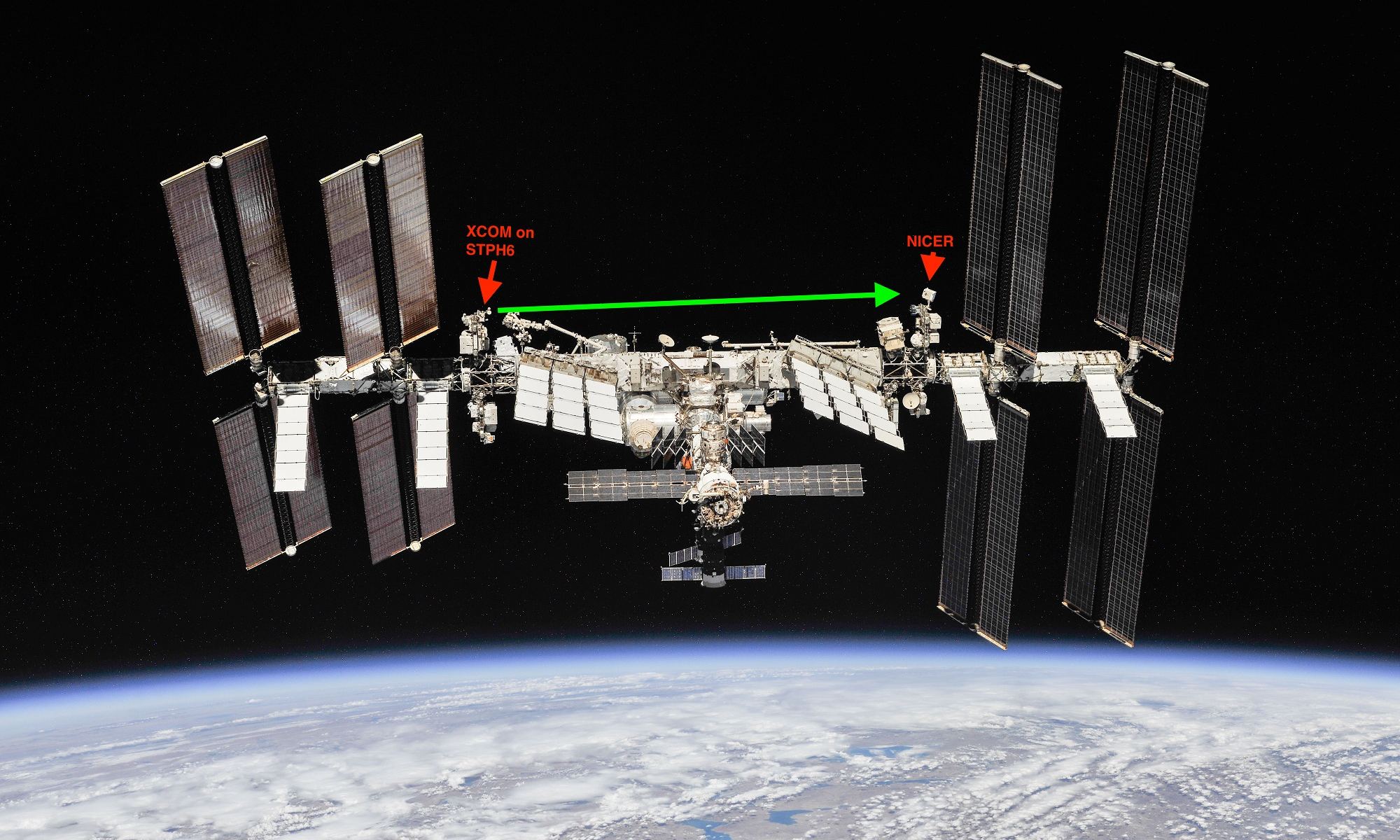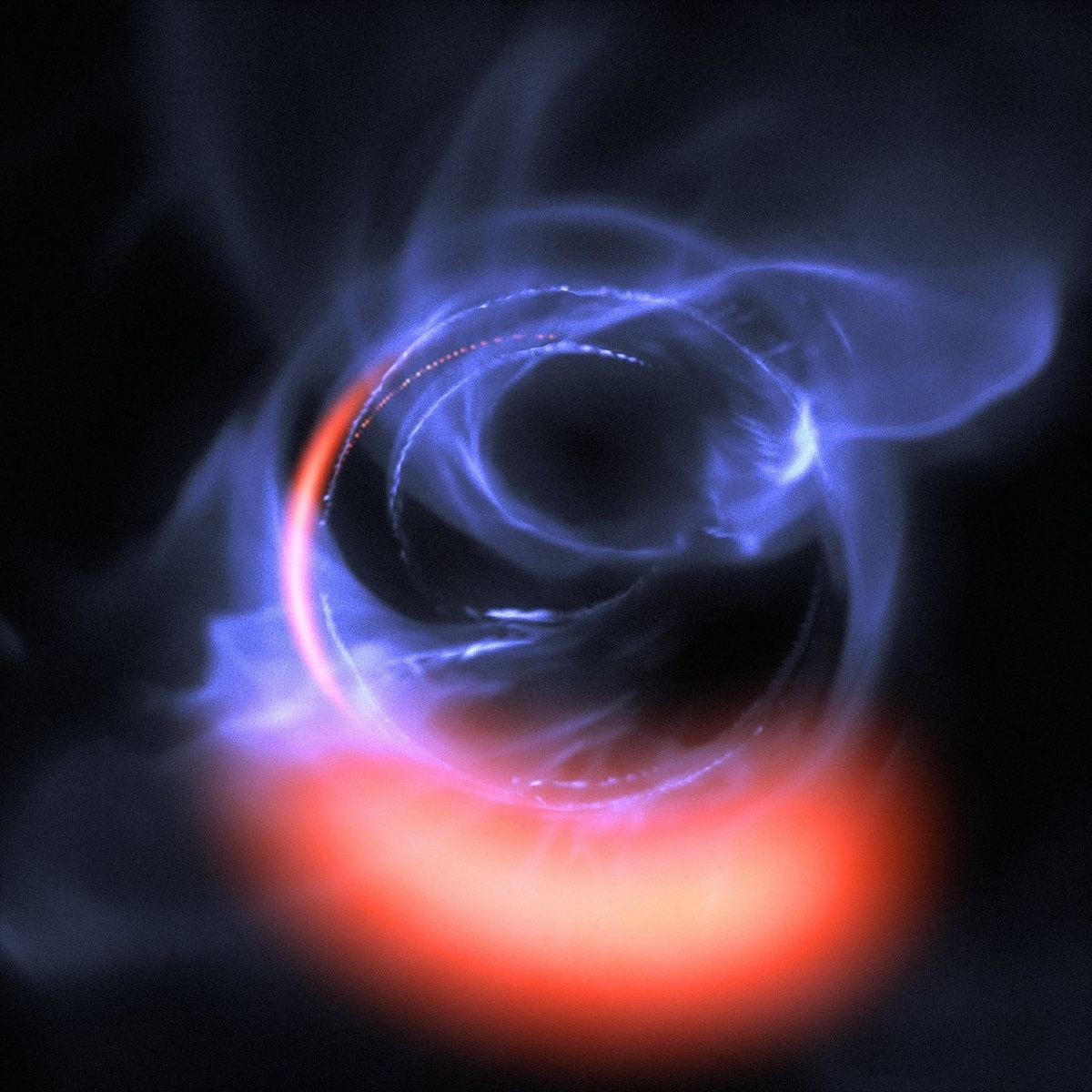It’s first light for one of the newest space observatories! The Imaging X-Ray Polarimetry Explorer team has released their first image, taken after a month-long commissioning phase for the spacecraft. And it’s a beauty.
IXPE looked at a favorite target among space observatories, the supernova remnant Cassiopeia A. While x-rays are invisible to human eyes, the amount of magenta color in this image corresponds to the intensity of X-ray light observed. Needless to say, it’s intense with high energy x-rays.
Continue reading “The First Image From NASA’s new X-ray Observatory”
